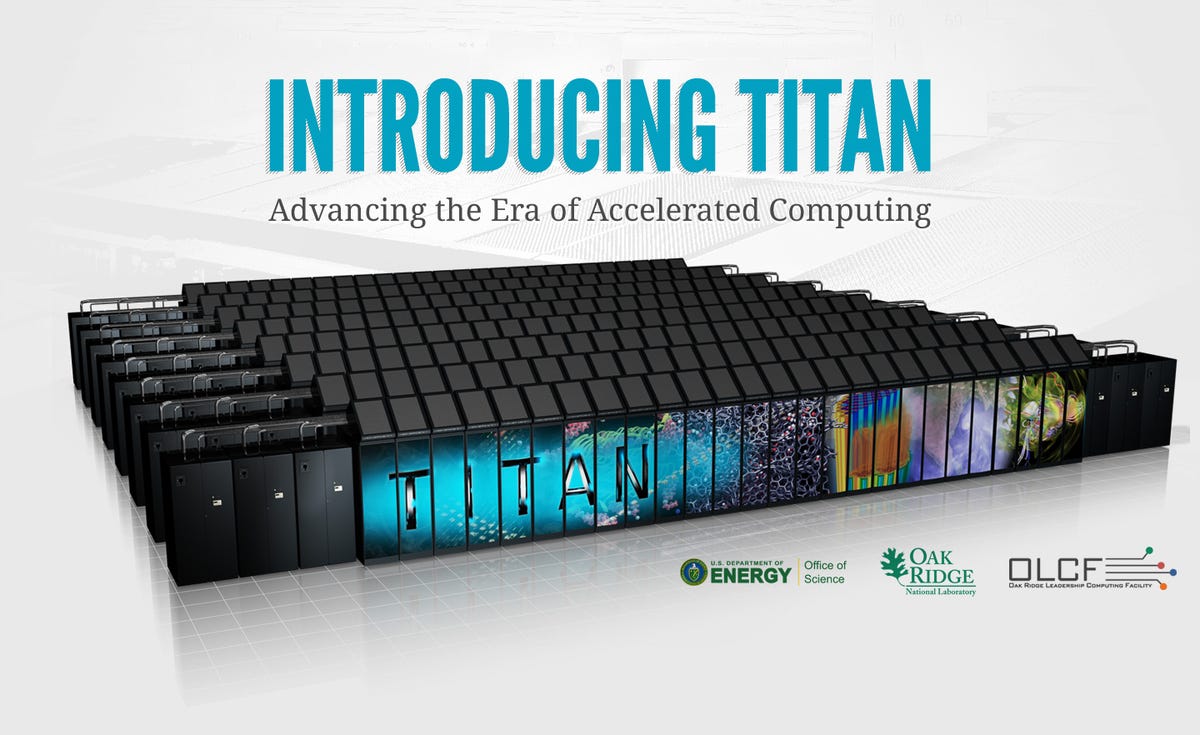
US Department of Energy
Supercomputers may be awfully powerful, but in recent years, they haven’t been gaining much strength.
For the fifth consecutive time, China’s Tianhe-2 supercomputer has led the Top500 List of the world’s most powerful supercomputers, the list-builders announced on Monday. Tianhe-2, which means Milky Way-2 in English, has a performance rating of 33.86 petaflops per second, which allows it to make quadrillions of calculations each second.
Top500 is a list compiled by researchers around the world of the top 500 most powerful supercomputers. The list, which is released twice a year, started in June 1993 to track supercomputer power and where they’re located around the world. The list provides rare insight into just how powerful some of the world’s top computers truly are, and measures them based on a benchmarking tool, called Linpack, that was initially developed in 1979.
Supercomputers are used for extremely demanding computational tasks by governments and well-funded research institutions and companies. They’re capable of simulating nuclear weapons explosions, modeling the earth’s climate, predicting aircraft aerodynamics, reproducing the physical functioning of biological brains, and studying materials at the molecular level, among other functions. The machines typically occupy many cabinets and consume huge amounts of electrical power.
The Tianhe-2 is by far the world’s most powerful supercomputer. In the second slot is Titan, a system used by the Department of Energy’s Oak Ride National Laboratory, which is capable of 17.59 petaflops per second. Saudi Arabia made the list with its Shaheen II supercomputer at the King Abdullah University of Science and Technology. It took the seventh spot at 5.536 petaflops per second, making it most powerful Middle East-based supercomputer ever.
Despite losing on the single installation side, the US is still home to the most supercomputers in the world, with 231. While that number is the same as it was in November, the last time the list was released, it’s down from 233 in June 2014 and 265 in November 2013. Europe has 141 supercomputers on the list, up from 130 in November, and Japan and China have 40 and 37 of the world’s most powerful supercomputers, respectively.
HP, IBM and Cray, a long-time supercomputer company, are the most popular vendors in the space. The vast majority of the products — 86.4 percent, to be exact — are running on Intel supercomputer processors.
Still, Top500 noted that the once-massive growth of power and performance in the supercomputer industry has slowed to The top systems a few years ago are still leading the pack today and just one new system has broken into the top 10 of most powerful supercomputers.
“With few new systems at the top of the past few lists, the overall growth rate is now slowing,” Top500 researchers said in a statement. “This offers an indication that the market for the very largest systems might currently behave differently from the market of mid-sized and smaller supercomputers [which are seeing faster growth rates].”
Despite the slowed growth in their power gains, today’s top supercomputers are nothing to scoff at. The total combined performance of all 500 systems on the list is 361 petaflops per second, up from 274 petaflops in the same period last year. There are now 68 systems on the list that are delivering at least one petaflop per second in performance, up from 50 in November. Much of that growth, according to Top500, has come in the mid to end of the list, where there are more newcomers with extra power.
The list researchers said that just one system in the top 10 — Shaheen II — was installed in 2015. The leader, Tianhe-2, was powered on in 2013 and all others in the top 10 were installed in 2011 or 2012.




